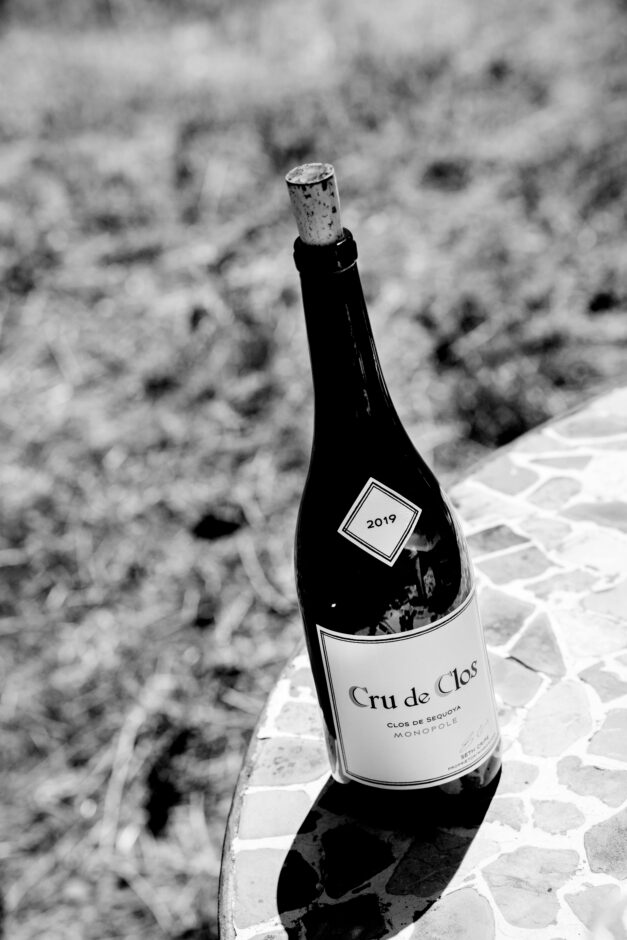03rd Nov 2022
Traveling to far-flung places in the world at the calling of great wine has become a way of life. Still, it never ceases to amaze me the distances winemakers will journey, following their calling to plant their special place on the planet. When I think I’ve seen it all, I find myself standing in the most unlikely of locations for a vineyard and wonder, “Why here?” Until I taste the wine.
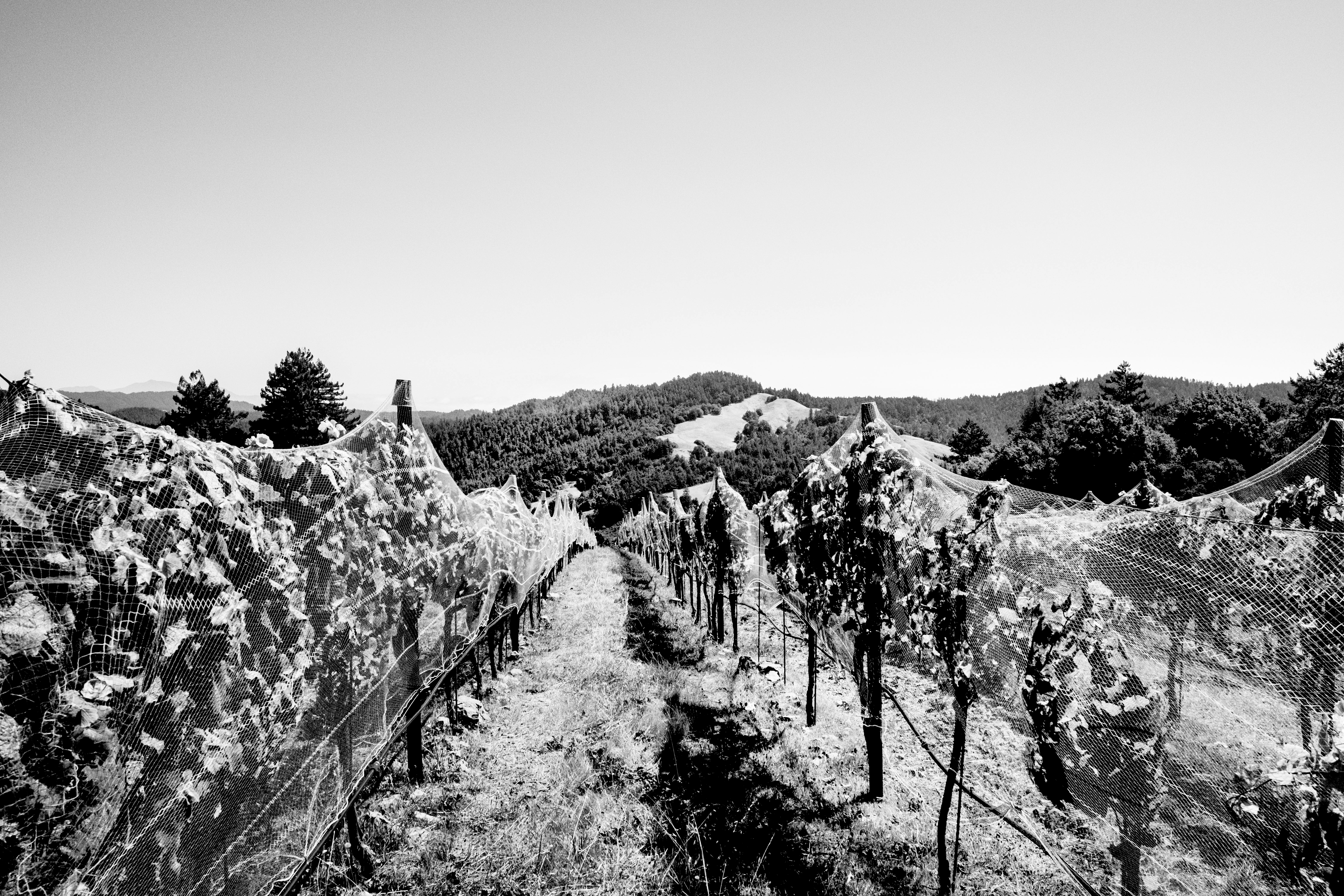
How Far I’ll Go
Hi Lisa, We can meet at the Duncans Mills General Store in Duncans Mills, Sonoma Coast at 10:30am on 8/25. From there I’ll take ya’ll up to the vineyard up top, show you all we’ve been doing up there and then we’ll taste the wine from the site. There’s very little service once past Guerneville and Monte Rio so best to have the destination in the GPS prior. Really looking forward to meeting you and showing you Cru de Clos!
Seth
Inwardly I groaned after receiving this email from owner/winemaker Seth Cripe. How far was this vineyard he wanted to show me? And is there anyone else I could visit nearby to get a few stories out of the trip? The answers were: About a 2-hour drive from my house (each way), and nope, no other vineyards are remotely close to this place. But a friend assured me Cru de Clos de Sequoya was a Pinot Noir like no other. So, that goes to show the lengths I’ll go for the promise of a great wine discovery.
“I named the wine after a Native American who was the first to create a written language for his people,” Seth explained after I changed vehicles, hopping into his 4-wheel-drive pickup for the steep ride up the side of a mountain to the Clos de Sequoya Vineyard. “I’m 65% French and 35% Native America. My grandfather was Iroquois, and he grew up on a reservation before he escaped for the military.”
Originally from a rural fishing community in Florida, Seth Cripe was not born to wine. When he was kid, wine called to Seth.
“Growing up in the Anna Maria/Cortez area of Florida instilled an awareness and appreciation for nature,” said Seth. “Always spending time in and around the ocean, constantly aware of the weather, winds, pressure, and how the fish, birds, and wildlife adapt to and move within all those natural environmental changes. That awareness led me to be intrigued by some old concord grapevines growing in our historic Cortez fishing village. When I was around 12 years old, I started getting books from the library on how grapevines grow. Then I learned how yeast settles naturally on grape skins and can ferment the juice into wine, and how wine can capture a time and place. Wine can represent the nature, soil, the smell of the air, the culture, the soul of all these places in the world.”
By age 15, Seth had read every grape-growing book he could find. At 17, he took all his savings and drove to California with a dream of making wine. “I knew then that I wanted to be a winemaker and continue to explore that pursuit of capturing a time and place through wine.”
Seth worked in Napa Valley from 1996 - 2008 for famous names in Napa Valley Cabernet Sauvignon, including Caymus. Throughout this time, nature and the ocean continued to call to him.
“Working in Napa, I missed being by the ocean and having that ecosystem and culture as a part of my life. Also, I believe that Pinot Noir can represent the intricacies of the natural ecosystem in a more powerful, expressive way. So, I moved to Sonoma Coast, lived in Jenner, at the mouth of the Russian River, and got reconnected with nature and myself. I lived there for many years and got to know more of the intricacies of that surrounding nature. I learned that that part of the coast has some extreme areas that I thought could grow good grapes due to that part of the river valley pulling in the cold coastal air like a vacuum, leaving the hilltops right above the Pacific milder and more warmed by the sun. The hard part was finding access to places. At some point years ago, I was introduced to an old guy who was very passionate about wine, and Pinot Noir in particular. He connected me to the group that owns that land between Duncans Mills and Jenner, where our Clos de Sequoya Vineyard sits now. He helped put the long-term lease together, carving out the top 6.5 acres above their 1000+ acre ranch. I believed since the beginning that that place itself was special in the sheer power of nature that it exudes.”
"We only get about half a ton an acre here, but because of shatter this year, it will be more like a quarter of a ton."
At last, after traversing the steep hillside in Seth’s pickup, following a rugged road that he built himself, we arrived at the Clos de Sequoya vineyard, perched at around 1000 feet above Duncans Mills. Beyond all sights and sounds of civilization, humming with natural energy, the serene remoteness of the place is breathtaking.
As we walked the rows of vines bearing baby doll-sized Pinot bunches that were slowing going through veraison, Seth explained, “We planted the vineyard in 2009. I had hoped that that power of nature would show in the wine produced from here, but it took quite some time for the vines to find their balance in all this rawness.”
The size and number of bunches make plain the punitive yields. “We only get about half a ton an acre here, but because of shatter this year, it will be more like a quarter of a ton.”
The vineyard is planted to Swan and Calera clones, with about a third devoted to a suitcase clone from Burgundy, sourced from stints Seth spent working there.
“One interesting thing about that suitcase clone is that as the grapes go through veraison right up until harvest,” he said. “And that part of the vineyard gives these intense floral and spice aromas that envelop you as you walk through the vines. It’s especially pronounced in the early morning as harvest approaches. It’s really a beautiful thing to experience. I can’t think of ever experiencing that in another vineyard. The wine itself has hints of it also.”
The first vintage of Cru de Clos from the Clos de Sequoya vineyard that Seth felt revealed the expression he was seeking was 2019, which was what I was there to taste.
“It’s rare these days to find a wine that’s truly unique to the natural power of a place,” he said, opening the bottle. “I believe Cru de Clos showcases that power and purity.”
Before I even tasted it, I knew from the profound, all-embracing perfume of the 2019 Cru de Clos this was a wine worth the journey.
Readers should note that this is just a snapshot of Seth’s story, and we have a more in-depth feature profile in the pipeline, written by RH Drexel.
-
Article & Reviews by Lisa Perrotti-Brown MW
Photos by Johan Berglund

PRODUCERS IN THIS ARTICLE
> Show all wines sorted by scoreMore articles

Pilcrow’s New Releases
18th Apr 2024
7 tasting notes
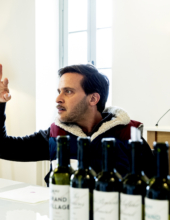
Bordeaux 2023 Primeurs Photo Essay
18th Apr 2024
0 tasting notes
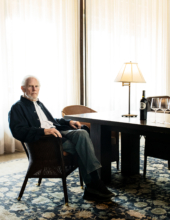
Harlan Estate, BOND, Promontory 2021 and 2011
11th Apr 2024
14 tasting notes
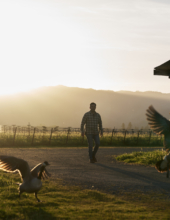
Favia 2012-2021
04th Apr 2024
17 tasting notes
Show all articles
